This triple barrelled .410 may look like a novelty gun, but when Mike Yardley tested it out at the clay ground it proved to be so much more!
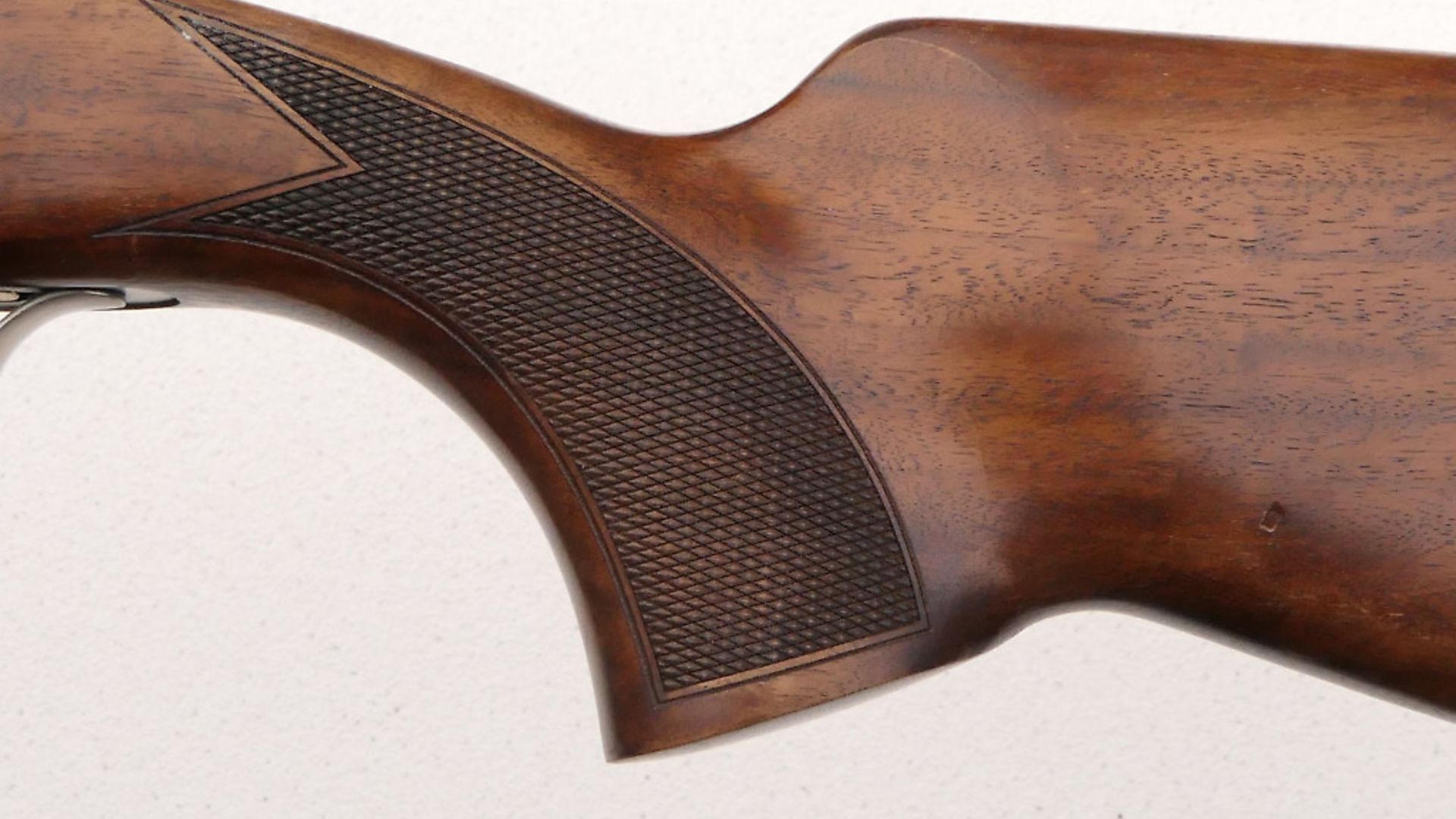 credit: Archant
credit: Archant
WE LIKE: The novelty factor; The sound basic gunmaking; The quality of finish for the price
WE DISLIKE: The trigger pulls (but they’re useable); Low comb (easily rectified with a comb raiser)
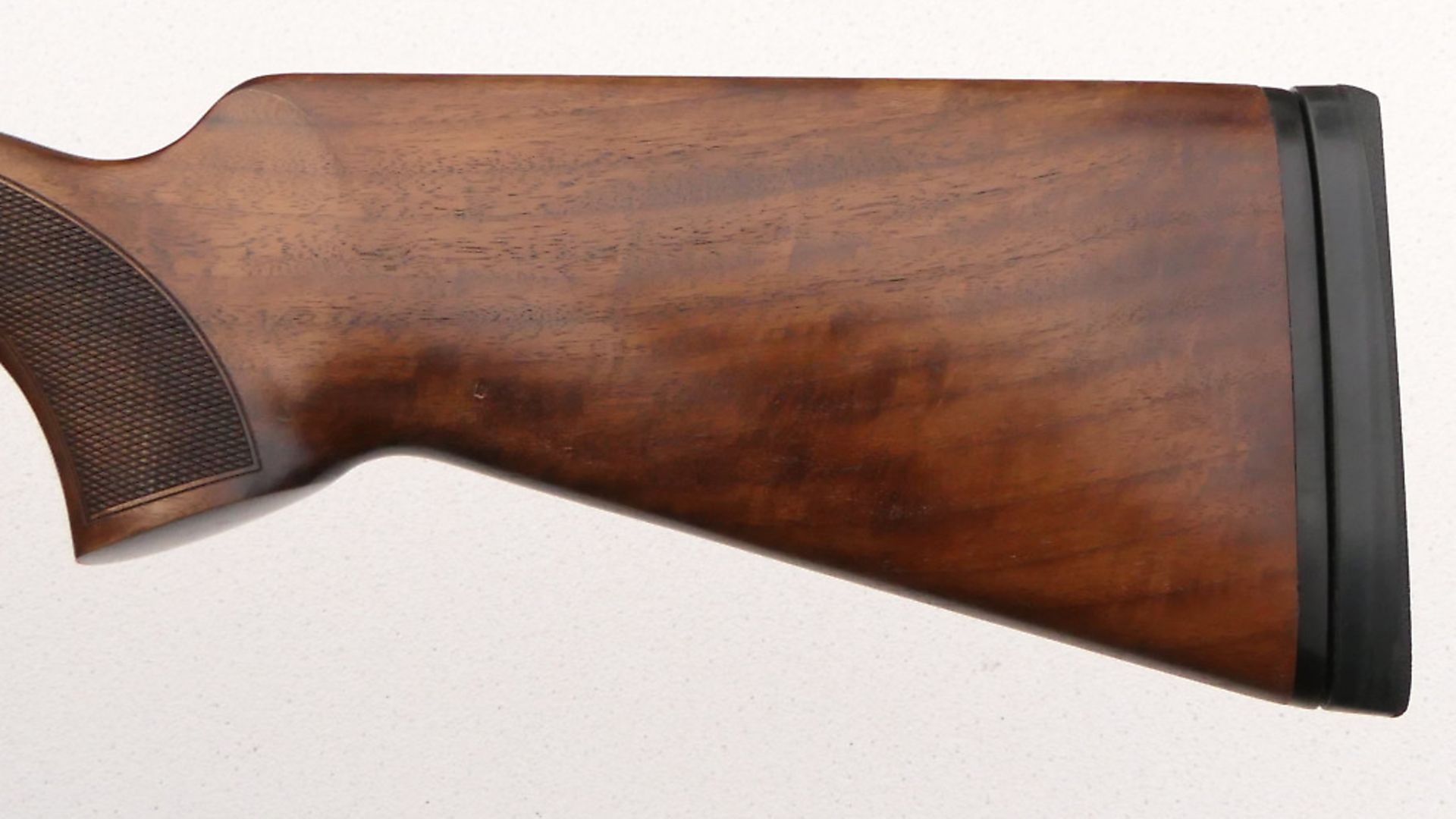 credit: Archant
credit: Archant
TECH SPECS
Make: Akkar
Model: Triple Crown
Bore: .410
Chamber: 3”
Barrels: 28”
Chokes: Multi
Weight: just over
RRP: £1,200 (Edgar Bros. +44 (0)1625 613177
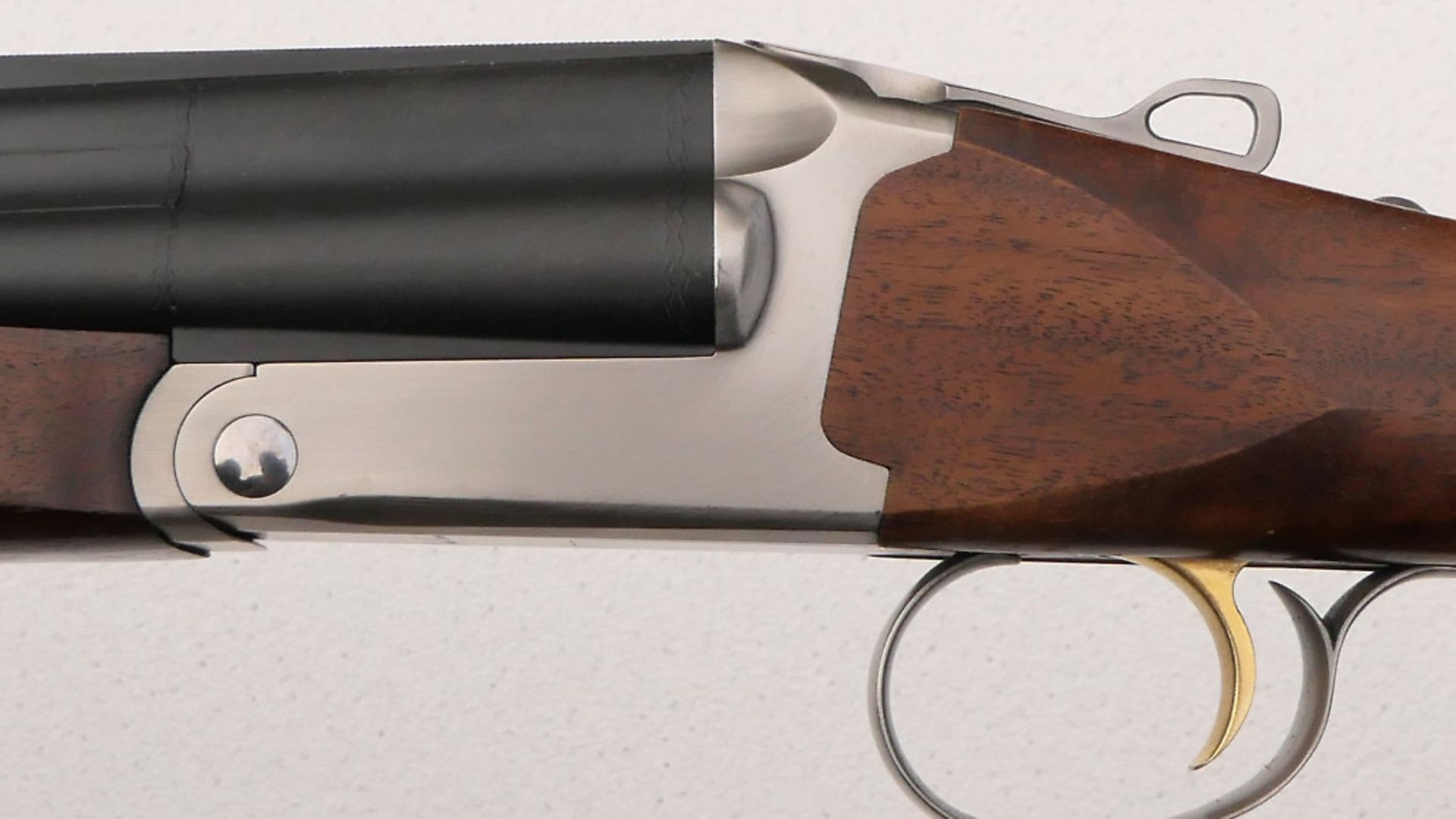 credit: Archant
credit: Archant
IN DEPTH REVIEW
This month’s test gun is the perfect antidote to a rather flat festive season – it’s aTurkish Akkar Silah Sanayi three-barrel ‘Triple Crown’ .410. Pure fun! I’ve tested these extraordinary pyramidal three-barrel guns previously in 12, 20 and 28-bores. They become an increasingly practical proposition as the bore size, and hence the barrel weight, reduces. The 12-bore version weighs 8½lb even with 28” barrels; the test .410 by comparison hits the scales at a handier 7¼lb.
First impressions are surprisingly good, considering the price point of £1,200. There is a plain but well-finished, silver-nitrided action. The standing breech is substantial and the styling functional. I like the absence of engraving. The barrels are well presented with satin blacking. The wood impresses as well with well-defined laser chequering and a good oil finish.
The action itself is neatly shaped. The trigger blade is well formed and gold-plated. This little bit of bling is not at all offensive, indeed it livens up the aesthetic of an otherwise quite Spartan look.
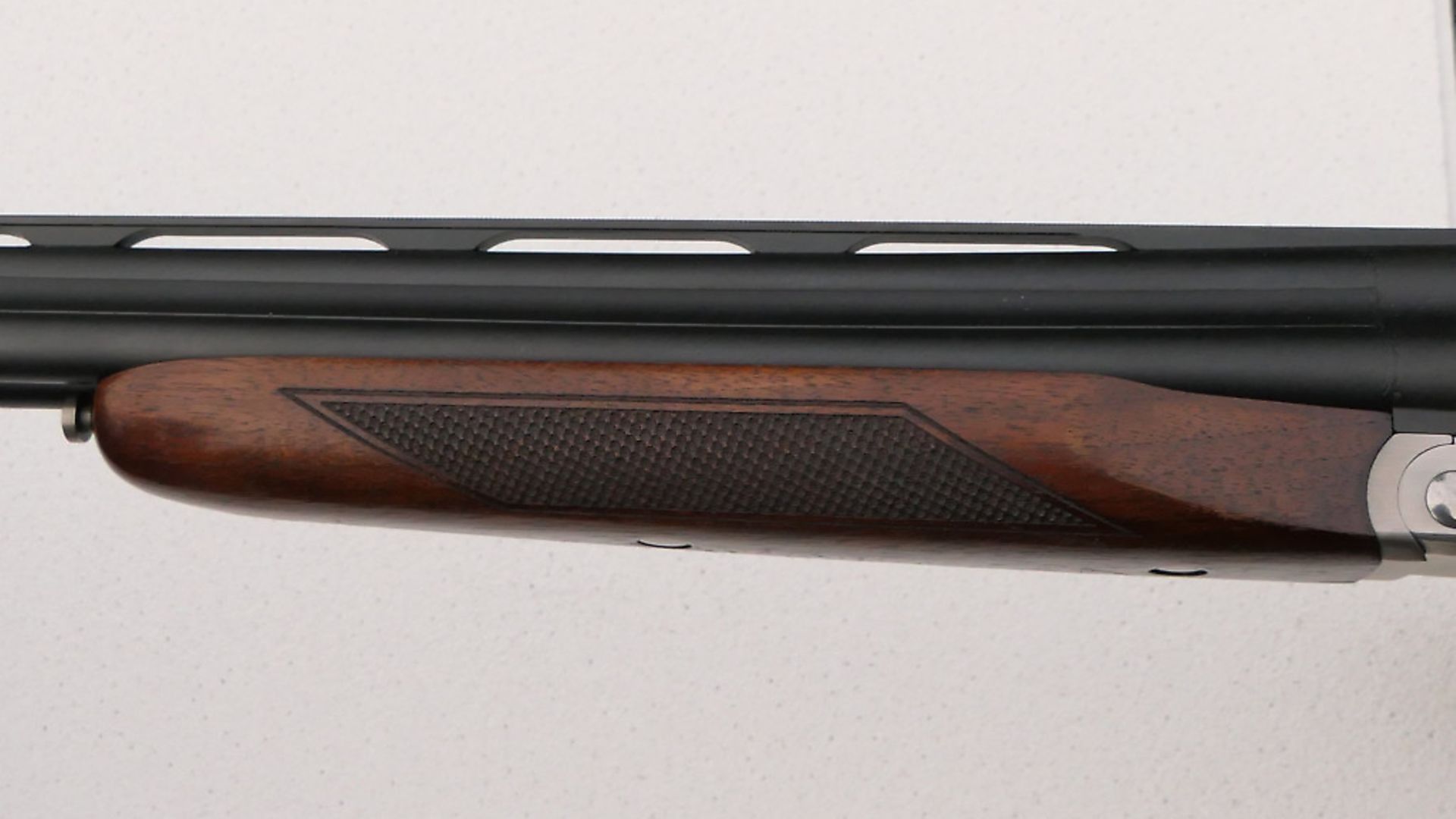 credit: Archant
credit: Archant
The top-lever of the Akkar is skeletonized but otherwise traditional. The function was fine. The non-auto safety is a reasonable size and functions positively too. The barrels are monobloc and multi-choked. Chokes (five supplied) are extended and very neat with a knurled front – so, no key is necessary. Chambers are 3” with Birmingham proof marks. Above the top barrel sits a narrow, 6mm sighting rib. Nothing to knock here either. The Triple Crown could not really be described as pointable even in .410, but this rib suits it well. At the muzzle end, there is a red fluorescent bead (my preference is for plain brass).
Mounting the gun is an interesting experience, it is muzzle heavy as one might expect, but this .410 version (as the 28-bore) immediately feels a practical proposition – something I couldn’t really say of the 12. Shooting the 12-bore previously, I didn’t hit three targets in a row initially, it was just too much to heft. But, the 20-bore and particularly the 28-bore worked well on previous outings, and I was anticipating good things for the .410 now that I had had more experience of the model.
With regard to the basic specification of this unusual beast, there was little to dislike. The gun is a non-ejector (a three-barrel ejector would inevitably be vastly more complex and expensive).
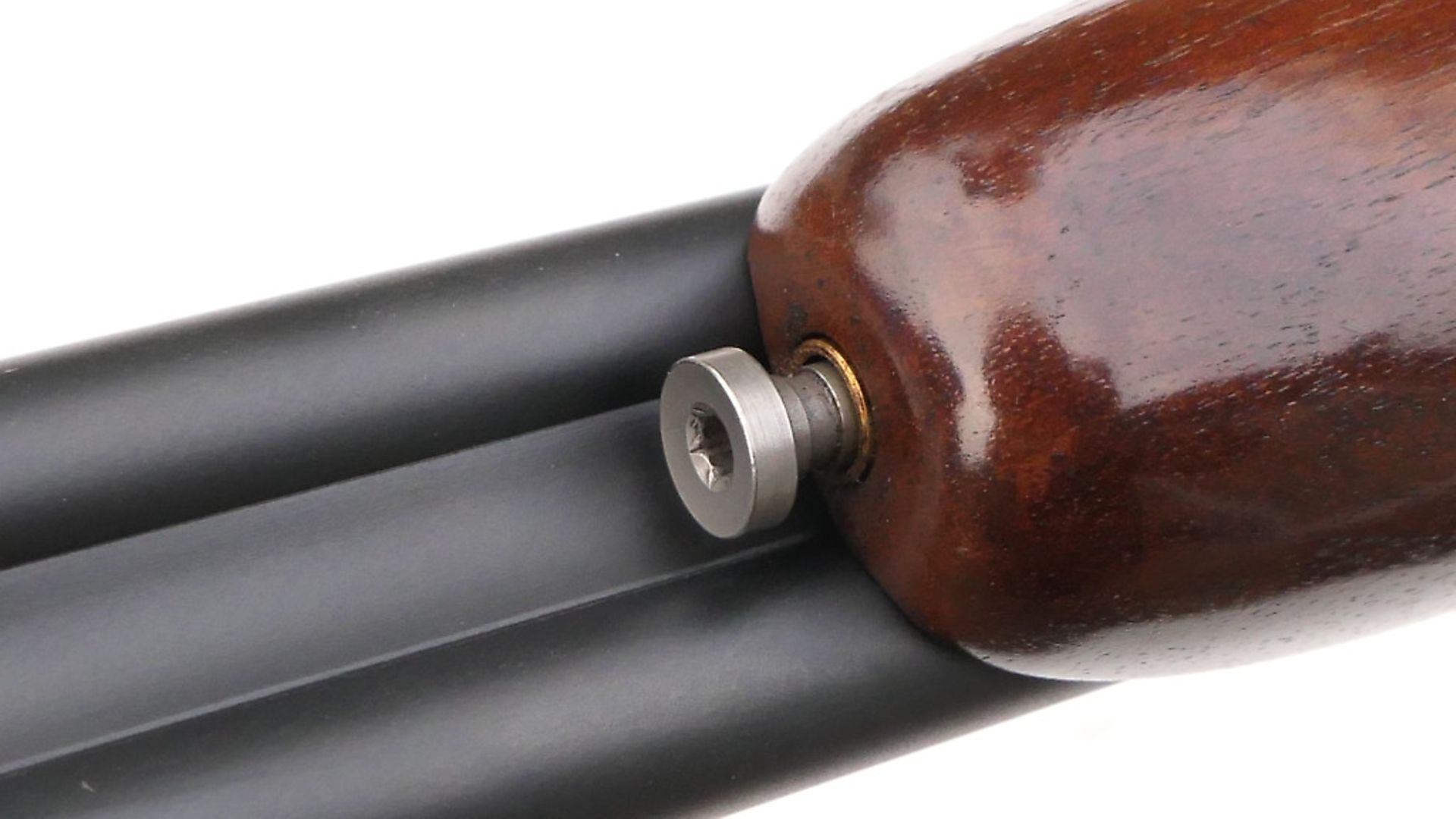 credit: Archant
credit: Archant
The trigger is mechanical in function (so, not recoil dependent – especially useful in a .410 field gun). The pulls were a little heavy. As with many less expensive guns, a bit of attention on the bench by an experienced gunsmith would be required to get them to an ideal 3-4lb weight.
The Triple Crown was well stocked. The fore-end was a particularly nice design, the butt was adequate, but the comb dimensions were low: 1½” to the front of the comb and 2½” to the rear – too low for most. I would raise the comb so the gun was nearer the industry standard of 13/8 at the nose of the comb and 21/8 at heel. The classic 1½”, 2” would suit it well too. Meantime, a comb raiser is in order if one does not want inexplicable misses due to the wrong eye taking over (because the eye that should be looking down the rib may be looking into the back of the breech with such low standard dimensions and normal cheek pressure).
Where did Akkar get the idea of a three-barrel shotgun from? If you visit gun museums such as the fantastic Tojhusmuseet in Copenhagen, you will see all sorts of multi-barrelled guns of old. They have been made for centuries as novelties. Better gun powder in the 18th century, and the shorter barrels it enabled, led to mutli-barreled and especially double barreled guns becoming a practical proposition (side-by-side shotguns appeared in Britain in the 1750s, although these were still thought of as novelties until the 19th century).
Combination guns – combined rifles and shotguns – were popular in Germany, where a walk in the woods might lead to an encounter with boar or bird. The drilling (‘dri’ – for three) was usually made as a double shotgun with a rifle barrel. The Scottish maker, Dickson, famously made side-by-side-by-sides, and variations even included four-barelled vierlings (which typically combine two shotgun barrels with two small-calibre rifled ones).
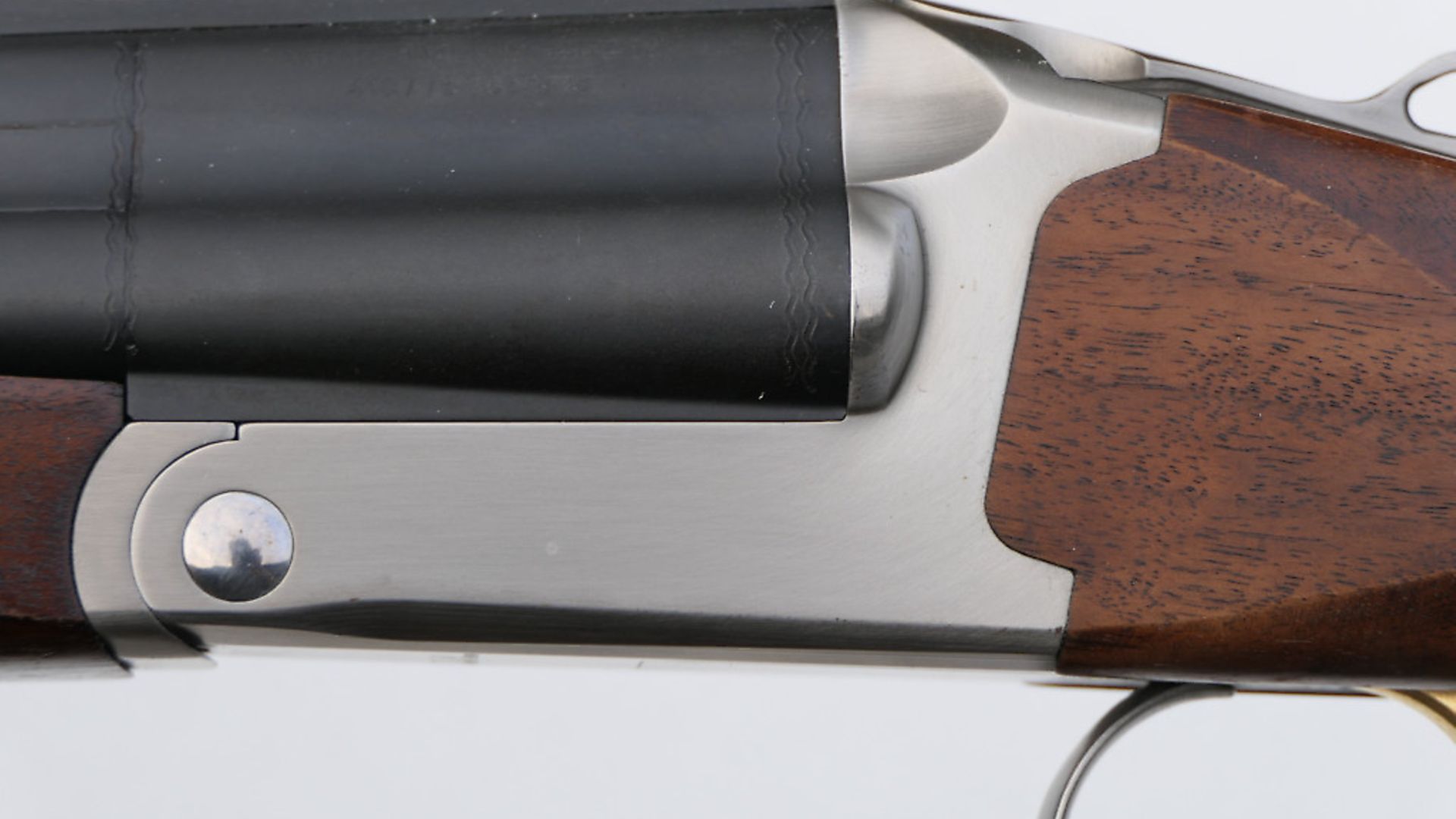 credit: Archant
credit: Archant
TECHNICAL
Apart from the barrel configuration, the mechanical design of the Akkar is not especially radical. It is, however, well conceived, simple, and neatly presented. Neat machining and excellent metal to metal fit betrays CNC manufacture.
The barrels rest in the action, well-hinged on two stud pins like most modern bifurcated lump over-and-unders. The high-profile action must incorporate three strikers as well as three barrels, of course. There is a single extractor for all three chambers. A single, central cocking bar is employed to re-energise the works.
The mechanical trigger fires in the order right, left and top. The gun locks, meantime, by means of a single, flat bolt engaging with a bite cut into the rear barrel lump like most side-by-sides. There is, however, only one bite, whereas most modern side-by-sides adopting the now near universal Purdey system use two.
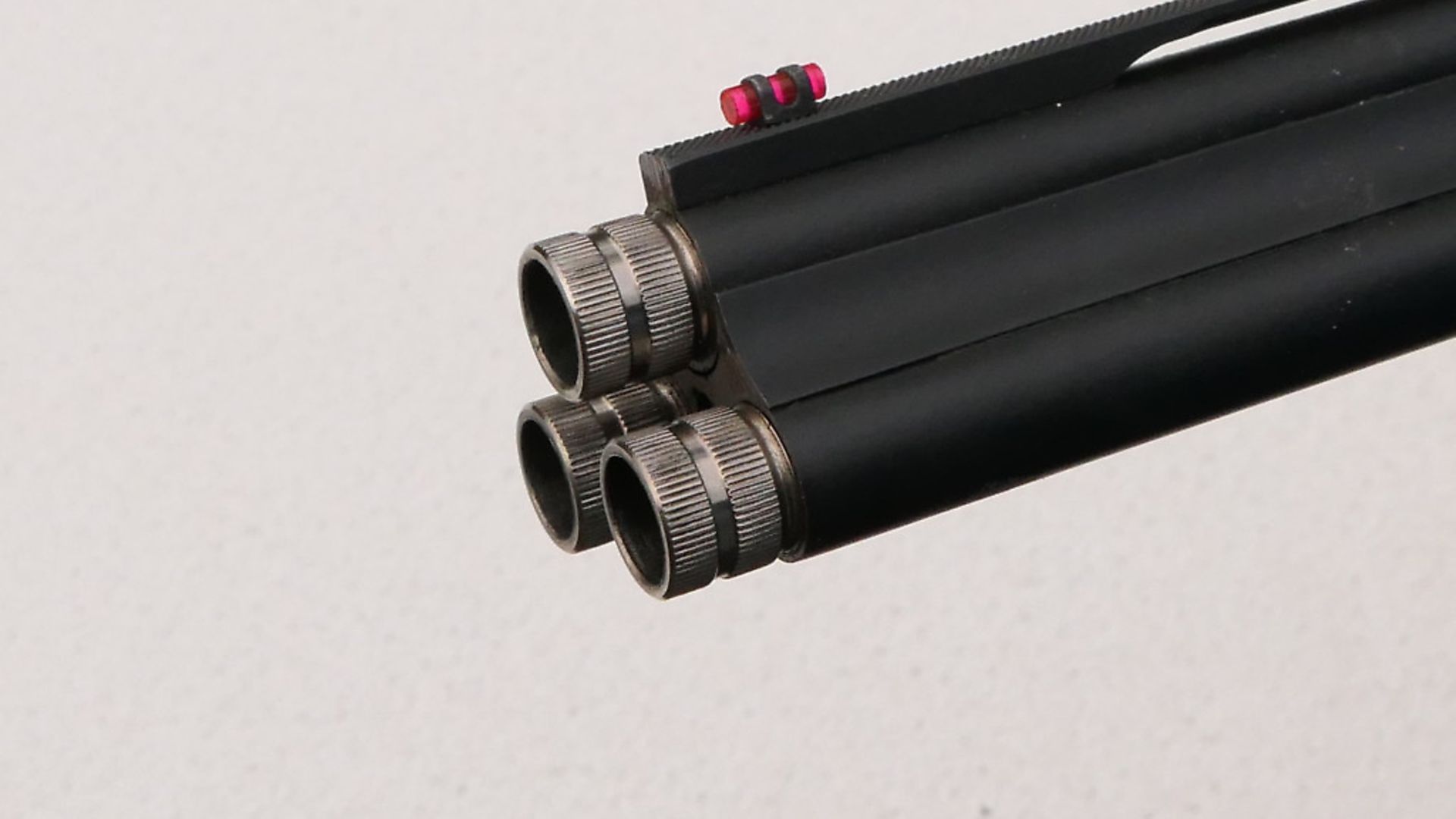 credit: Archant
credit: Archant
SHOOTING IMPRESSIONS
I was like a kid with a new toy going to the range with the Triple Crown. In fact, let’s leave out the ‘like’! I couldn’t wait to try it on some skeet birds. I shot two out of the first three on report and report, then my first triple break. Magic! [smiley emoticon] I suppose a little semi-automatic might have been more efficient but this was great fun and brought a smile to my face. The gun needs a particular technique. You have to keep powering it on and lifting through the swing. The trigger pulls weren’t great but we (a pal, Paul Payne, was with me on the test) managed. I think this is a great little gun for the money. Raise the comb and improve the trigger and I would love to take it on a small driven day – just for fun. And, that’s, lest we forget, is why we do this...
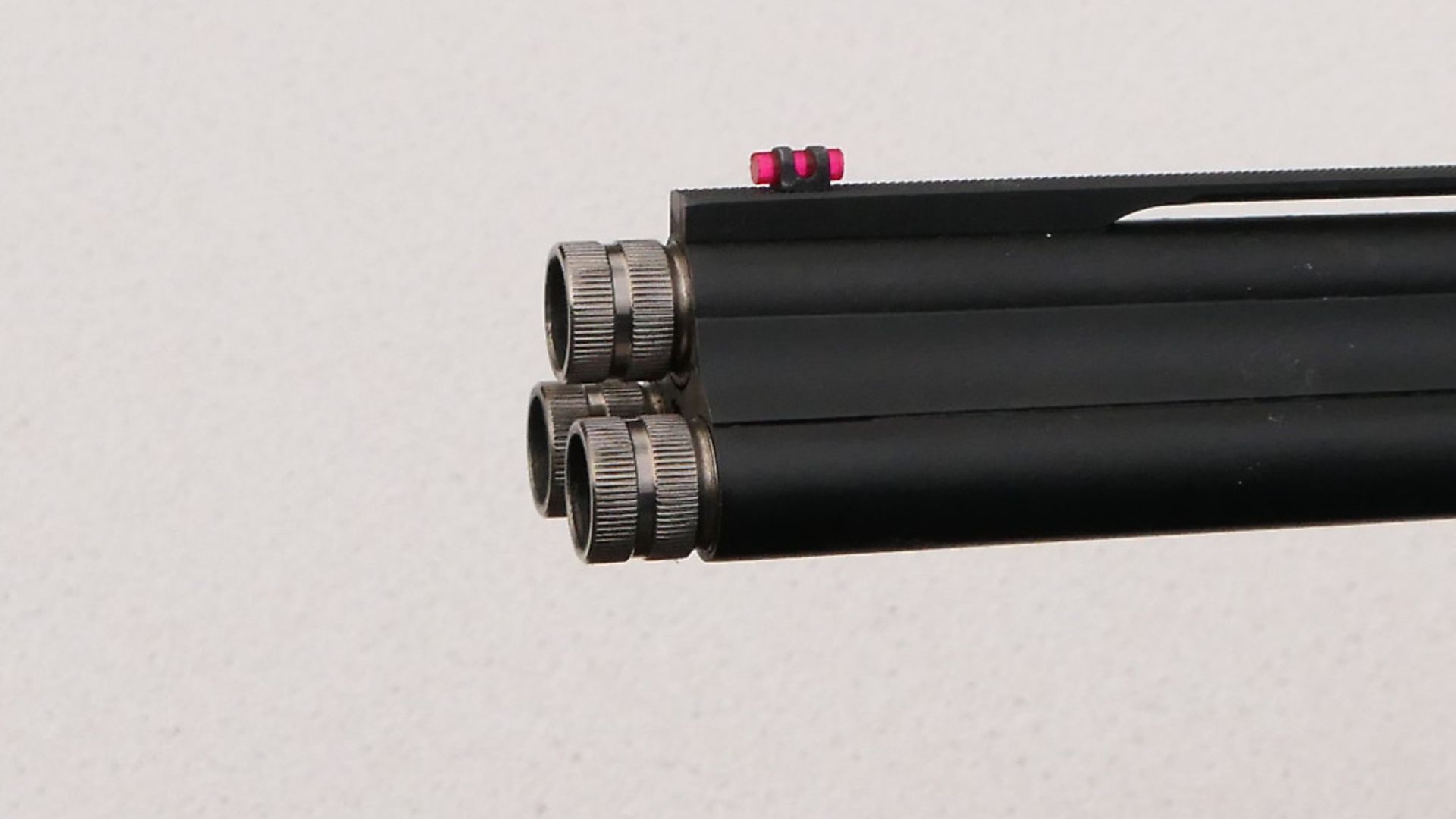 credit: Archant
credit: Archant
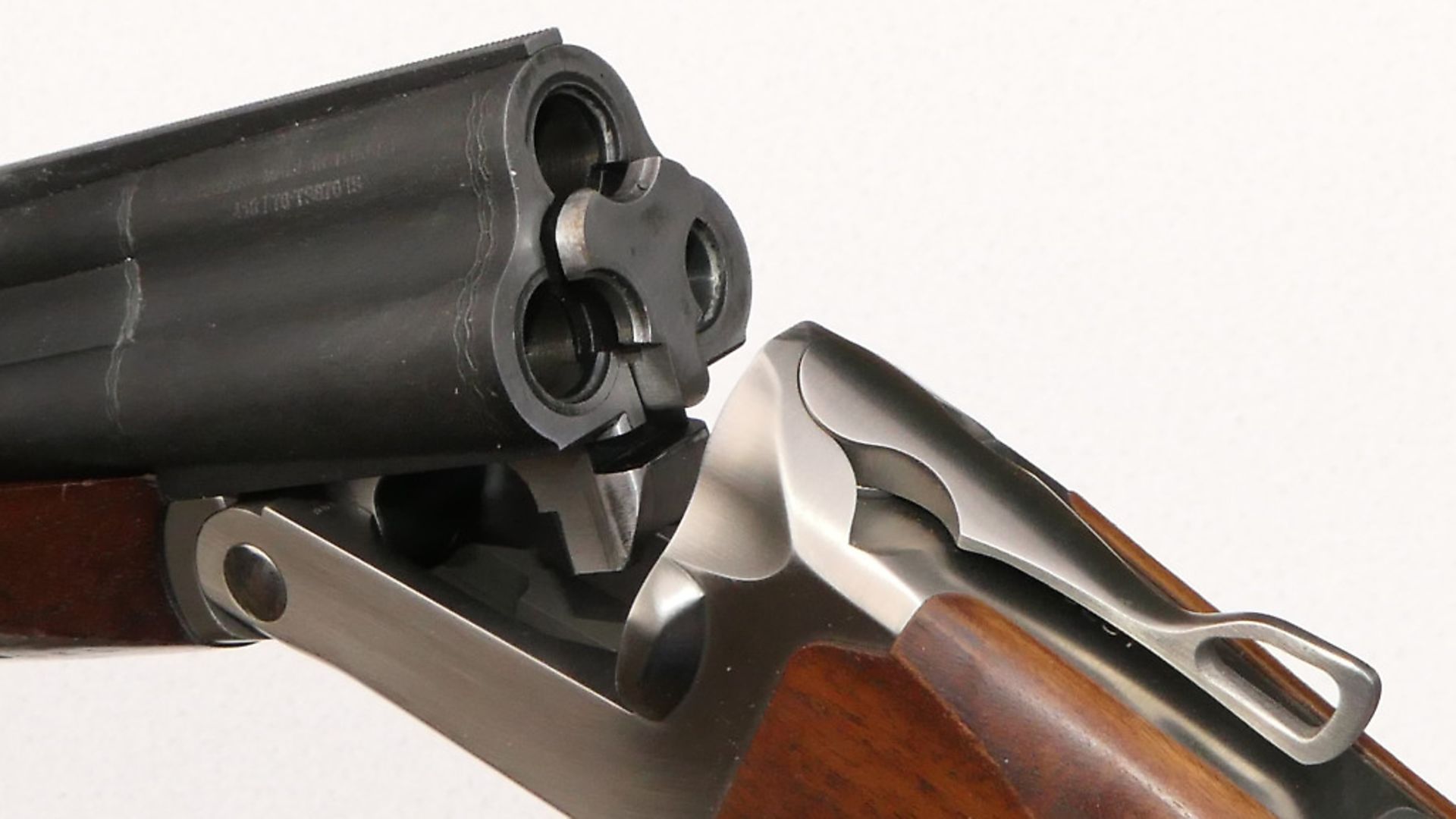 credit: Archant
credit: Archant
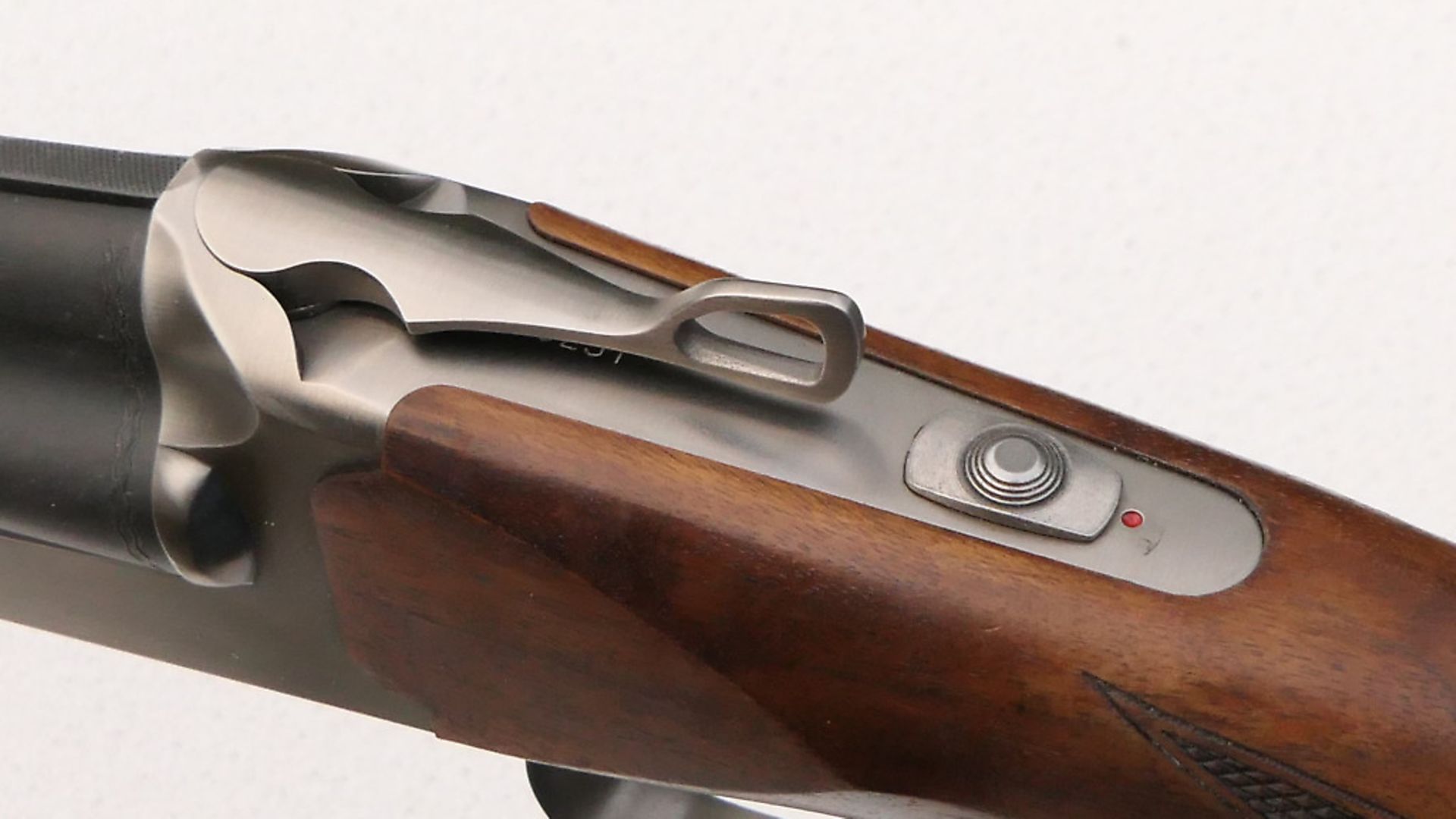 credit: Archant
credit: Archant
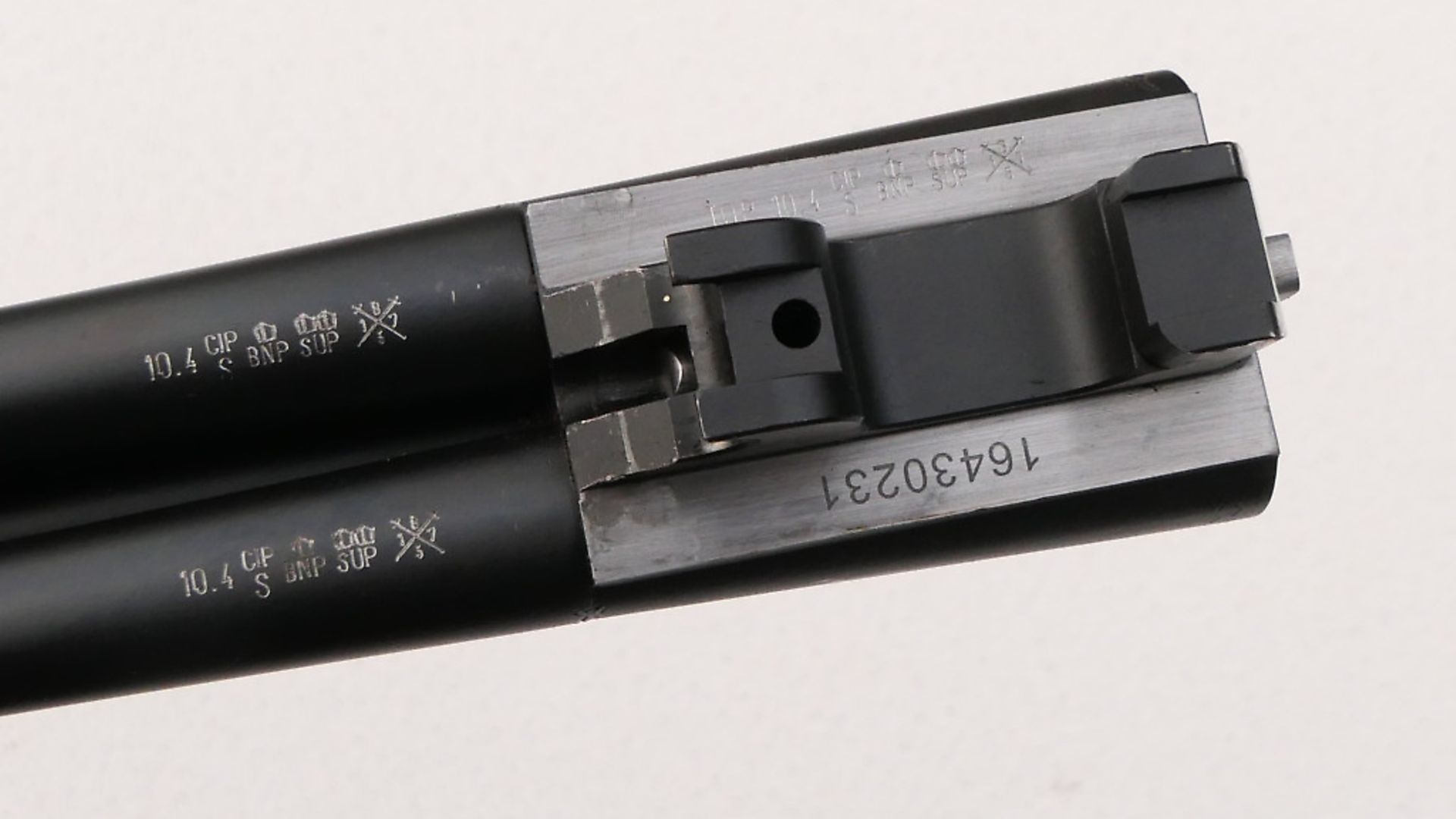 credit: Archant
credit: Archant
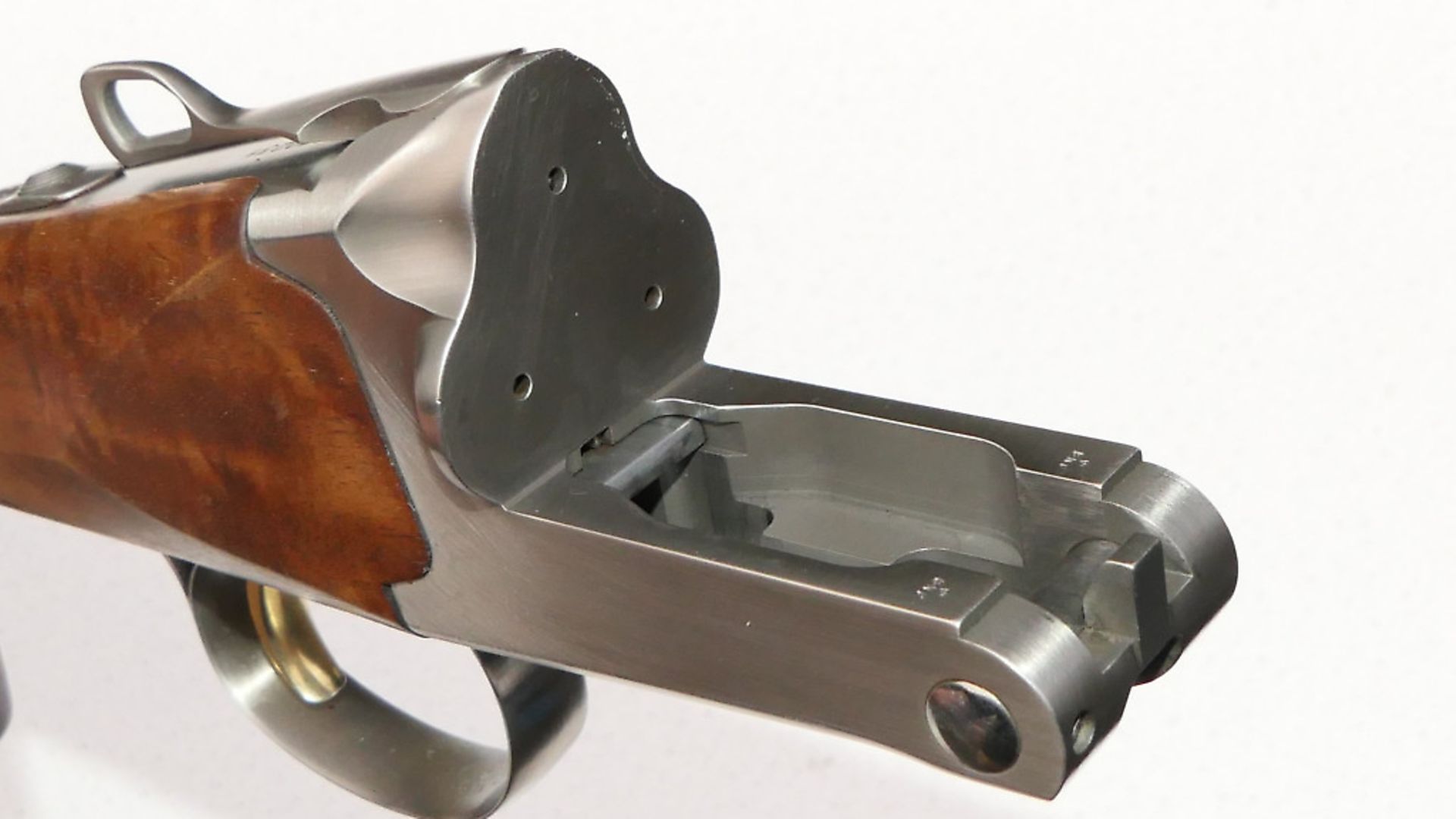 credit: Archant
credit: Archant
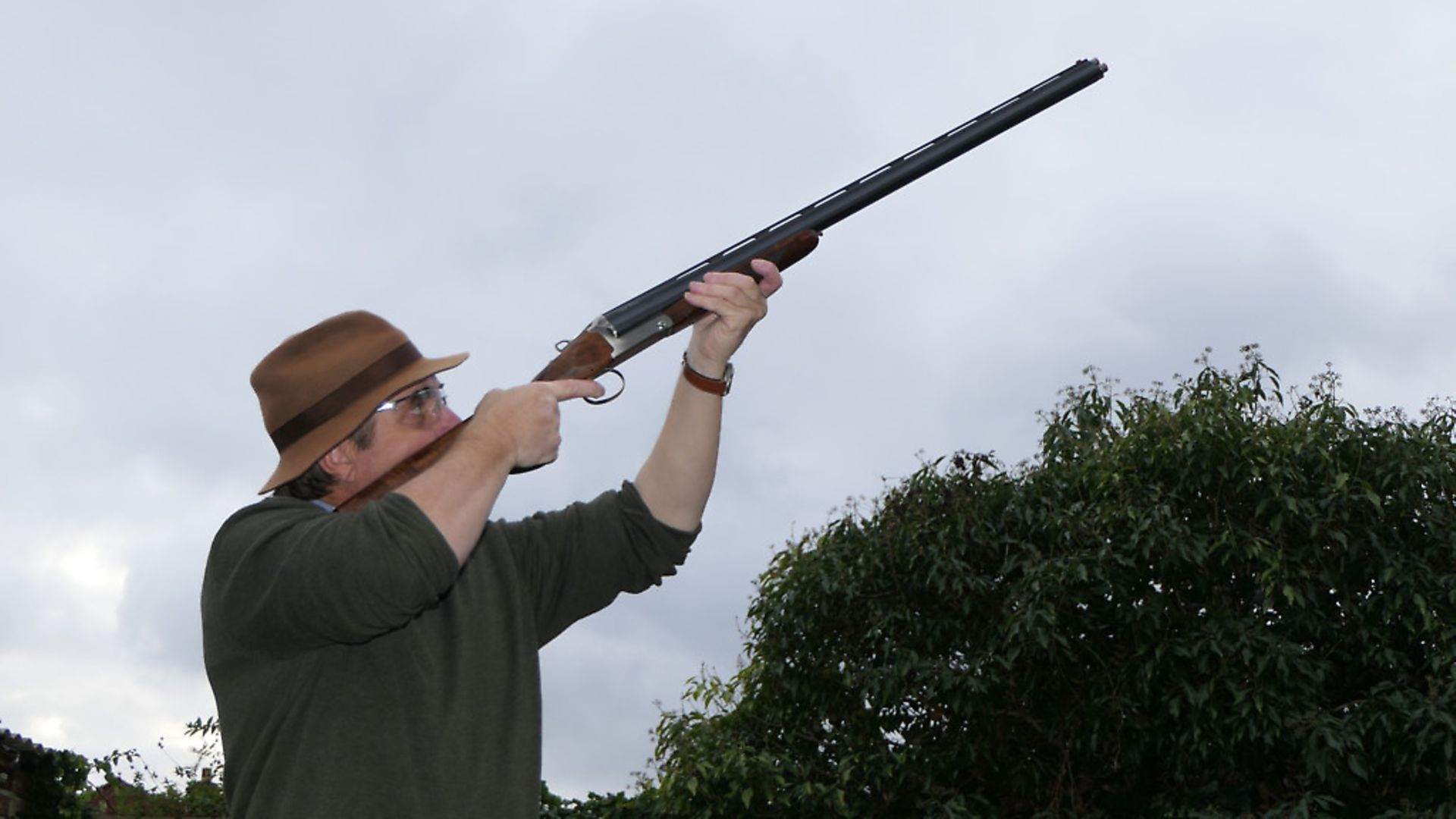 credit: Archant
credit: Archant